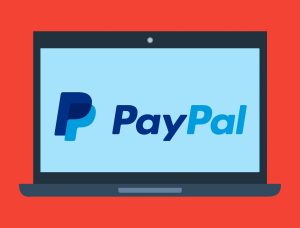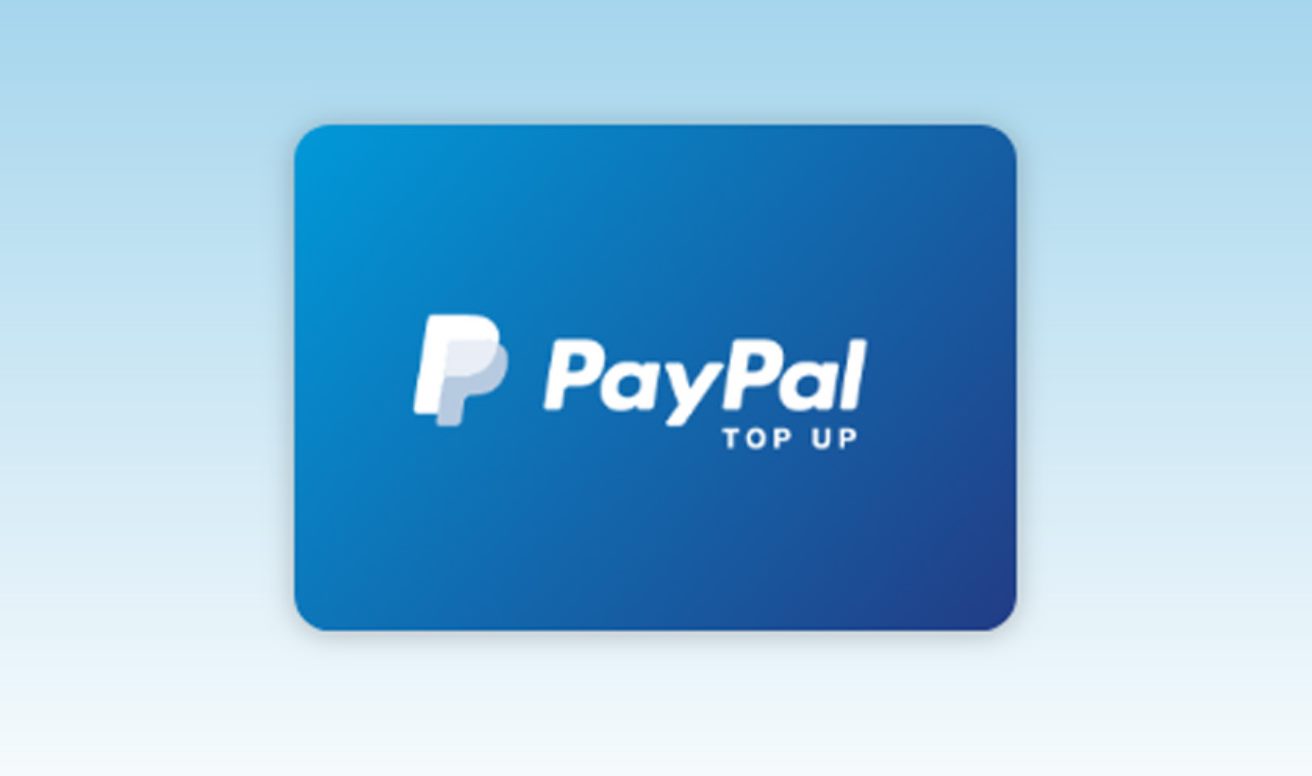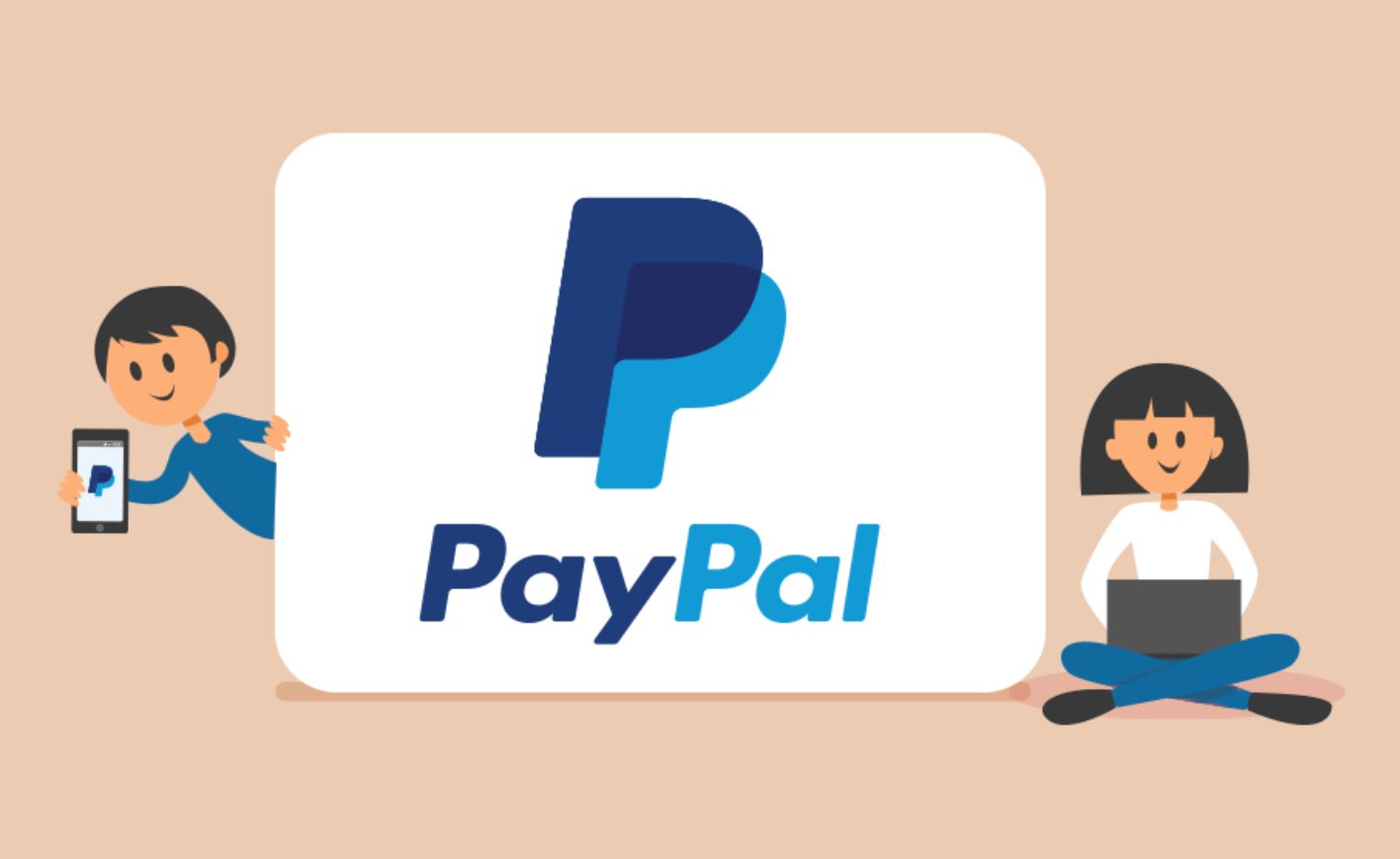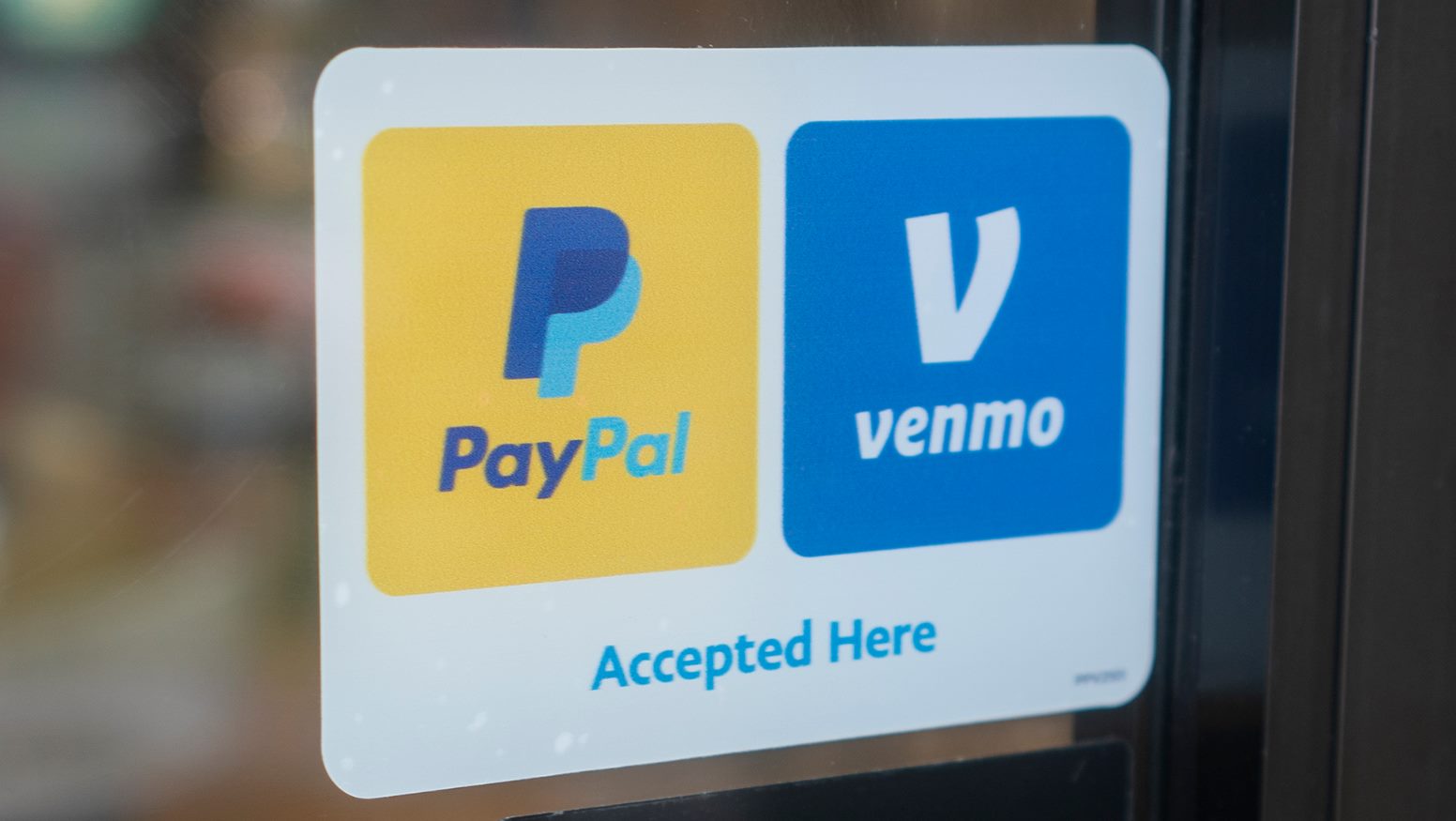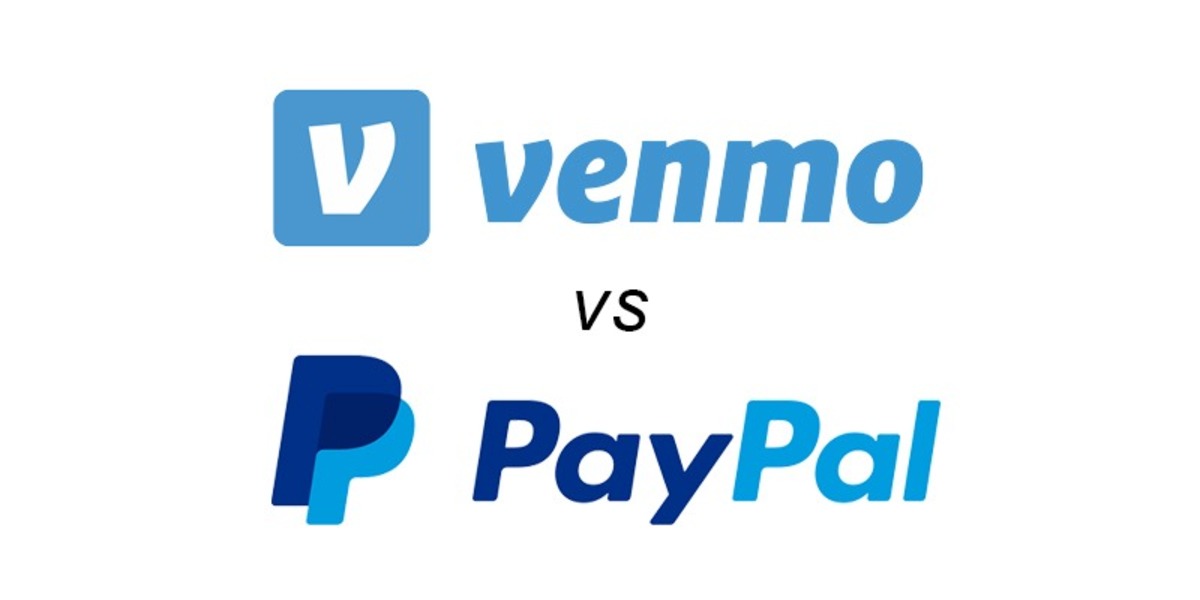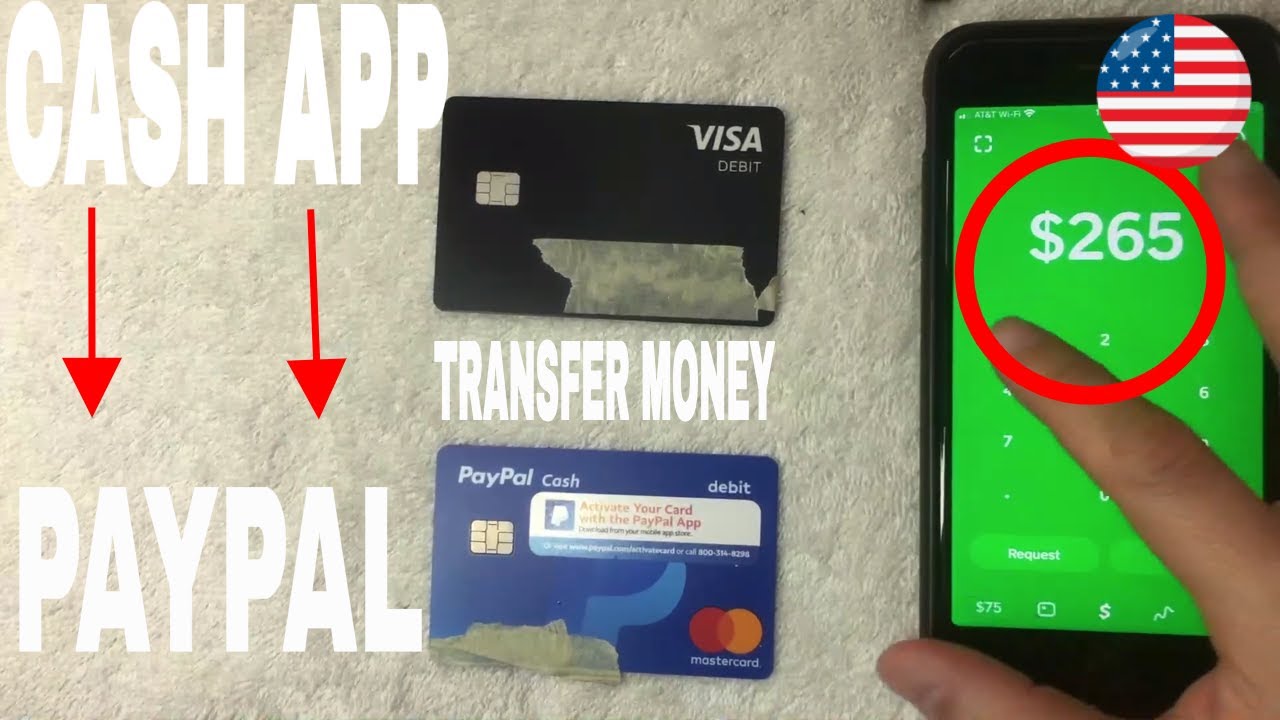Introduction
Welcome to the world of online payments, where convenience and speed go hand in hand. PayPal, one of the leading digital payment platforms, offers a wide range of services to facilitate quick and secure transactions. One such feature is instant transfer, which allows users to access their funds within minutes.
In this article, we will delve into the world of PayPal’s instant transfer service and explore the fees associated with it. Whether you are a business owner or an individual looking to send money swiftly, understanding the cost implications is crucial for making informed decisions.
So, let’s take a closer look at how instant transfer works, the associated fees, factors that affect those fees, and how they compare to other PayPal services. We will also provide you with some tips to minimize the instant transfer fees and maximize your savings.
By the end of this article, you will have a clear understanding of how much PayPal charges for instant transfers and be equipped with the knowledge to make efficient use of this service.
What is Instant Transfer?
Instant transfer is a service offered by PayPal that allows users to access their funds immediately. Traditionally, when you receive funds into your PayPal account, it takes time for those funds to be available for use. This can be a hassle, especially when you need the money urgently.
With instant transfer, PayPal offers a solution to this problem by providing users with the ability to access their funds right away. Whether you receive funds from a sale, a friend, or a client, you can transfer the money to your linked bank account instantly, eliminating the waiting period typically associated with PayPal transactions.
This service is particularly useful for individuals and businesses that rely on timely access to their funds. Freelancers, for example, can receive payments from clients and transfer the funds to their bank accounts immediately, allowing them to cover their expenses without any delay.
It is important to note that instant transfer is available for a limited number of countries and currencies. Before using this service, make sure to check if it is available in your region.
Overall, instant transfer provides users with the convenience and flexibility of accessing their funds whenever they need them. Now that we have a clear understanding of what instant transfer is, let’s dive into how this feature works and the fees associated with it.
How Does Instant Transfer Work?
Instant transfer is a seamless and straightforward process that allows you to move your funds from your PayPal account to your linked bank account in a matter of minutes. Here’s a step-by-step breakdown of how it works:
- Ensure that you have a linked bank account: Before initiating an instant transfer, make sure that you have a bank account linked to your PayPal account. This is where the funds will be transferred.
- Verify your bank account: To use the instant transfer feature, you may need to verify your bank account. PayPal may require you to provide additional documentation or complete a verification process to ensure the security and validity of the transfer.
- Select the amount to transfer: Once you have a verified bank account, navigate to the PayPal interface and select the “Transfer to your bank” option. Enter the amount you wish to transfer from your PayPal balance. Keep in mind that there may be minimum and maximum limits for instant transfers.
- Confirm the transfer: After specifying the transfer amount, review the transaction details and confirm the transfer. Double-check the bank account information to ensure that the funds are being transferred to the correct destination.
- Wait for the funds to arrive: Once you have confirmed the transfer, PayPal will process the transaction. While the name suggests an instant transfer, it may still take a few minutes for the funds to appear in your bank account. However, this process is significantly faster than traditional bank transfers or standard PayPal transfers.
It is important to note that there may be occasional delays in the instant transfer process due to unforeseen circumstances or technical issues. However, PayPal works diligently to minimize any potential downtime and ensure timely processing of instant transfers.
Now that we understand how instant transfer works, let’s explore the fees associated with this convenient service.
Fees for Instant Transfer
While the convenience of instant transfer is undoubtedly appealing, it is essential to be aware of the fees involved in using this service. PayPal charges a fee for each instant transfer transaction, which is deducted from the transferred amount. The fee structure may vary depending on several factors.
Typically, the fee for instant transfer is a percentage of the total transfer amount, with a minimum fee applied. For example, PayPal may charge a fee of 1% of the transfer amount, with a minimum fee of $0.25. This means that if you transfer $100, you will incur a fee of either 1% of $100 or the minimum fee of $0.25, whichever is higher.
These fees may seem small for smaller transactions but can add up significantly for larger transfers. It is important to consider the fees when deciding whether to use instant transfer or opt for other PayPal services.
Additionally, the fee structure may vary depending on your country or region. It is recommended to check the PayPal website or reach out to customer support to get the most accurate and up-to-date information regarding the fees applicable to your specific location.
Now that we understand the fees associated with instant transfer, let’s explore the factors that can affect these fees and how they compare to other PayPal services.
Factors That Affect Instant Transfer Fees
The fees for instant transfer on PayPal can vary based on several factors. Here are some key factors that may affect the fees:
- Transfer Amount: The amount you transfer plays a significant role in determining the fees. PayPal typically charges a percentage fee, so higher transfer amounts will result in higher fees. Keep this in mind when deciding whether to initiate an instant transfer or opt for an alternative method.
- Country or Region: PayPal’s fee structure may differ depending on your country or region. Fees can vary due to currency conversion rates, local regulations, and other factors. It is important to check the PayPal website or consult customer support for the most accurate information regarding fees in your specific location.
- Payment Method: The payment method you use to fund the transfer can also impact the instant transfer fees. Using a credit or debit card to fund the transfer may involve additional fees or charges imposed by the card issuer.
- Account Type: The type of PayPal account you have can also affect the fees for instant transfer. PayPal offers different account types, such as personal and business accounts, and the fee structure may vary accordingly. Make sure to review the specific fees associated with your account type.
- Verification Status: Depending on your verification status with PayPal and the linked bank account, you may be subject to different fee structures. Verified accounts often enjoy lower fees compared to unverified accounts.
By considering these factors, you can evaluate the potential fees associated with instant transfer and make an informed decision based on your specific situation and needs.
Now that we have explored the factors that can affect instant transfer fees, let’s compare these fees with other PayPal services to understand the cost implications.
Comparing Instant Transfer Fees with Other PayPal Services
When it comes to transferring funds via PayPal, there are several options available, each with its own set of fees. It’s important to compare the fees associated with instant transfer to other PayPal services to determine which option is the most cost-effective for your needs.
Let’s take a closer look at some common PayPal services and how their fees compare to instant transfer:
- Standard Bank Transfer: PayPal offers free bank transfers that typically take 1-3 business days to complete. If you can afford to wait for your funds and don’t need immediate access, this could be a cost-effective option as it does not incur any fees.
- PayPal Balance Transfer: Transferring funds from your PayPal balance to another PayPal account is also free of charge. This can be a useful option when sending money to friends or family members with PayPal accounts, as it allows for instant availability without any fees.
- Payment Card Withdrawal: If you have a PayPal Business Debit Mastercard, you can withdraw funds from your PayPal account at ATMs or make purchases using the card. While there may be nominal ATM withdrawal fees or transaction fees, these can often be more economical compared to instant transfer fees for larger sums.
- Merchant Payments: If you receive payments for goods or services as a business owner, PayPal charges transaction fees based on the total transaction amount. Depending on your business type and volume of transactions, these fees may be a percentage of the sale or a fixed amount per transaction.
Comparing these options to the fees associated with instant transfer will help you determine the most suitable and cost-effective method for your specific needs. Consider factors such as urgency, transfer amount, and the frequency of your transactions to make an informed decision.
Now that we have compared the fees of instant transfers with other PayPal services, let’s explore some tips to minimize instant transfer fees and maximize your savings.
Tips to Minimize Instant Transfer Fees
While instant transfer can provide immediate access to your funds, it’s always beneficial to find ways to minimize the associated fees and maximize your savings. Here are some tips to help you minimize instant transfer fees:
- Consider Alternative PayPal Services: Evaluate whether you truly need instant transfer for every transaction. For non-urgent transfers, opting for free bank transfers or PayPal balance transfers can help you avoid instant transfer fees altogether.
- Plan and Consolidate Transfers: Instead of making frequent small transfers, consider consolidating your transfers into larger amounts. This way, you can minimize the number of transactions and the associated fees.
- Review Transaction Limits: Be mindful of transaction limits that might apply to instant transfers. If you exceed these limits, additional fees may be incurred. Understanding and sticking to the limits can help you avoid unnecessary charges.
- Shop Around for Lower Fees: If you frequently need to transfer funds instantly, consider comparing PayPal’s fees with other payment platforms or services. It’s possible that alternative services may offer lower fees for similar instant transfer options.
- Maintain a Higher PayPal Balance: Keeping a higher balance in your PayPal account can be a strategic move to reduce instant transfer fees. By using your PayPal balance to make payments instead of transferring funds, you can potentially avoid additional fees.
Implementing these tips can help you minimize the impact of instant transfer fees and optimize your financial efficiency when using PayPal’s services.
Now that we have explored various strategies to minimize instant transfer fees, let’s wrap up this article by summarizing the key points.
Conclusion
PayPal’s instant transfer service provides users with the convenience of accessing their funds promptly. While this feature eliminates waiting times and offers immediate availability, it is important to be aware of the associated fees.
In this article, we discussed what instant transfer is and how it works. We explored the fees involved in using this service, which are typically calculated as a percentage of the transfer amount, with a minimum fee applied. These fees may vary based on factors such as the transfer amount, country or region, payment method, account type, and verification status.
Comparing the instant transfer fees with other PayPal services, we found that there are alternative options available, such as free bank transfers, PayPal balance transfers, and payment card withdrawals. By considering these alternatives, you can potentially avoid fees or reduce the overall cost of transferring funds.
Furthermore, we provided tips to minimize instant transfer fees, including considering alternative services, planning and consolidating transfers, reviewing transaction limits, shopping around for lower fees, and maintaining a higher PayPal balance. These strategies can help you optimize your financial efficiency and maximize savings when using PayPal’s instant transfer service.
It is important to constantly evaluate your specific needs, urgency of funds, and transfer frequencies to determine the most cost-effective method for your transactions.
By being aware of the fees and employing these tips, you can make informed decisions when using PayPal’s instant transfer service and ensure that you are maximizing the value of your transactions.
Remember to stay updated with any changes in PayPal’s policies or fee structures by referring to their official website or reaching out to customer support for the most accurate and current information.
Now that you have a comprehensive understanding of PayPal’s instant transfer fees and how to minimize them, you are well-equipped to make efficient use of this convenient service.










